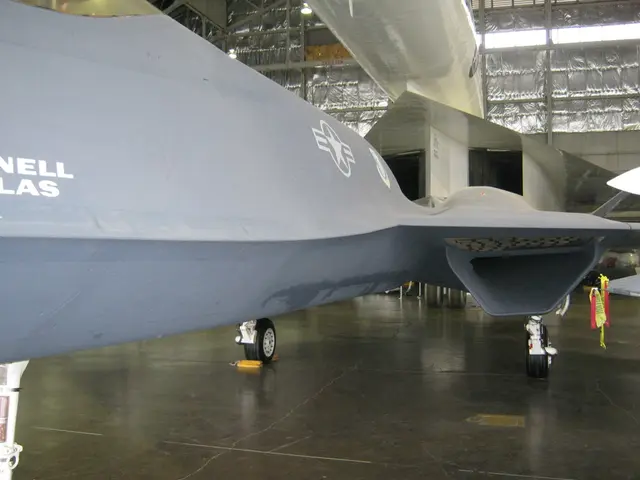Expanding Magnitudes: The Impetus Behind Current Growth
In the 1990s, the lack of cloud infrastructure prevented commercial scaling of AI workloads. Fast forward to the 2020s, and the situation has drastically changed. The convergence of compute, data, and demand has created a perfect storm, resulting in systemic scaling of AI.
In the 2000s, the volume of digitized information was too thin for AI systems to function effectively. However, over 20 years of digital exhaust, data has matured significantly. Today, data is training-ready, structured, labeled, and optimized for AI consumption.
Compute has grown 1,000 times since 2012, enabling the training of trillion-parameter models and real-time inference. This growth has been instrumental in making the AI scaling moment a structural inevitability, not just hype.
Global productivity pressures, labor shortages, and rising automation needs have created a demand shock for AI. Enterprises that integrate AI workflows fastest will convert productivity pressure into market advantage.
The timing of the convergence is significant, as it transforms AI from a fragile experiment into an industrial reality. The real question is not if AI will scale, but who will capture the value as it does.
Proprietary data will define competitive moats in the AI market. Only firms capable of sustaining billion-dollar compute investments will lead in the AI landscape. Companies investing in 2024 in cloud-scale compute to advance AI include Intel Corporation, Microsoft Corporation, Cisco Systems, Amazon Web Services, Siemens AG, and PTC Inc. These established players are making significant capital investments in core technologies and startups to enhance AI, cloud computing, and related fields.
The market size for AI is projected to be $15.7 trillion in economic impact by 2030. The AI leadership is not about who builds the "best model", but about who controls the full equation-compute, data, and demand-in a reinforcing loop.
In the 2010s, hardware advances enabled large-scale training, but demand was not mature and data was unstructured. In the 2020s, compute is abundant, data is mature, and demand is urgent, making the AI scaling moment unstoppable.
The convergence of these three necessary forces has marked a structural scaling moment for AI. The AI scaling moment of 2024 is a turning point that promises to revolutionize industries and reshape economies.








